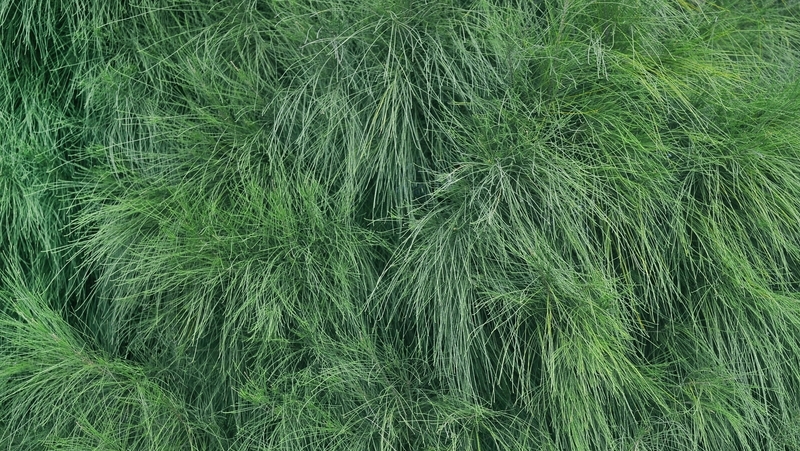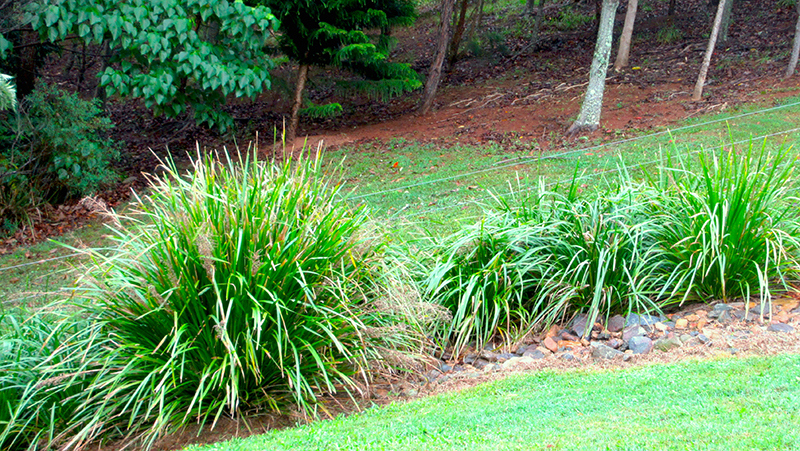Yates Account
Join now
Create a Yates account today!
Sign up to join the Yates Garden Club for monthly e-mails packed with seasonal inspiration, tips for success & exclusive promotions.
Plus if you’re a Garden Club member you can take part in the Yates Growing Community - a blog to share successes, get advice & win prizes in fun challenges along the way!

Forgot password
Enter the email address associated with your account, and we'll email you a new password.

In summer the soil heats up rapidly, which can cause surface roots to dry out and die off. The best way to prevent this is to mulch over the top of the soil. Ajuja pictured.
When we use the word mulch, we conjure up images of shredded leafy waste, chopped pea straw and even coloured pebbles. We seldom think of nature’s own living mulches: the low growing plants that spread over the soil. These not only do a good job of retaining moisture, keeping soil cool and preventing weed growth, they add an attractive layer of plants to the garden.
Spend some time choosing the right plants to do this job. Aspect is important. For example, is the ground cover going to be growing under large trees? If so, it will need to be shade tolerant and may also have to cope with competition from the tree roots. Getting the right look is also something to consider. For example, native ground covers will complement a largely native garden but may look odd growing amongst flowery cottage plants.

Casuarina pictured.
Preparation
Prepare the site thoroughly before planting, paying particular attention to weed control. It will be much more difficult to remove weeds once the ground cover plants are in place. Use non-residual weedkillers like Yates Zero Super Concentrate Weedkiller to treat existing weeds and wait until they have died before planting.
Dig organic matter into the soil before planting and mix in some pre-planting fertiliser such as Yates Dynamic Lifter Organic Plant Food. It's suitable for all plants, especially for new plantings as it’s organic and won’t burn young roots.
Here are some ground cover suggestions for various situations:
For shady spots – Hound's tongue fern (Phymatosorus pustulatus) spreads in damp shaded situations and gorgeous scalloped leaves. Bugle flower (Ajuga reptans), also sends out underground runners that help the plants to cover the soil relatively quickly. In cool climates heucheras and hostas do particularly well. Hostas are almost irresistible to snails so prevent these pests from holing the foliage by judiciously sprinkling Yates Blitzem Slug & Snail Pellets.
For dry, sunny areas choose plants that have hairy or hard leaves that can resist the heat. There are many plants that are ideal in these situations. Grevillea ‘Bronze Rambler’, Grevillea 'Poorinda Royal Mantle’ and dwarf forms of the woolly grevillea (G. lanigera) are good choices.
Prostrate wattles and casuarinas (e.g. ‘Cousin It’) are also found in various forms. Some of the prettiest ground covers are the scaevolas or fan flowers with masses of fan-shaped blooms in shades of blue, mauve and white.

Different types of ground covers:
Clumping ground covers – Clumping plants spread more slowly than running plants, but are very hardy. Lomandras (pictured above), dianellas, day lilies and liriope are good examples.
Climbers as ground covers – Many climbing plants such as star jasmine and hardenbergia will act as ground covers as long as they’re kept well away from potential supports such as trees, fences and other uprights.
















Share
Share this article on social media